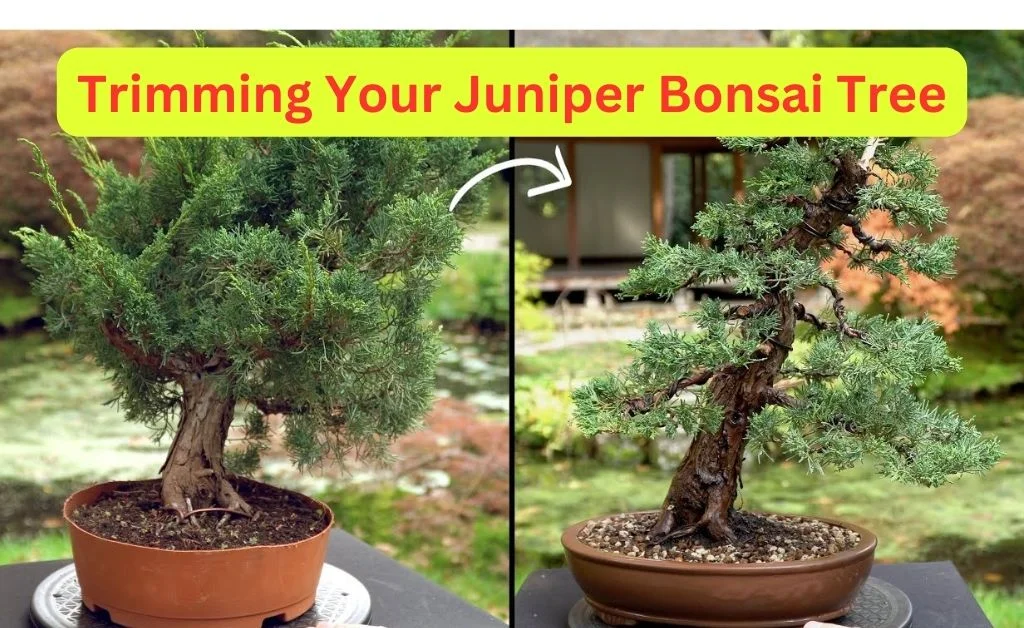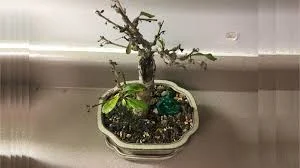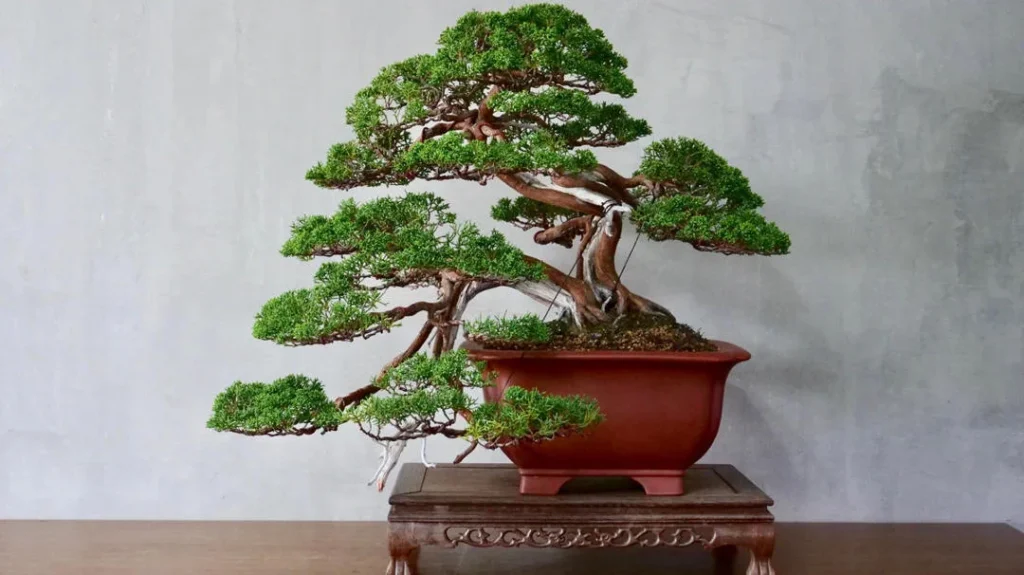Caring for a juniper bonsai is an incredibly rewarding experience, but it requires patience and dedication. One of the most crucial aspects of maintaining the health and aesthetic appeal of your bonsai is regular trimming. In this comprehensive guide, we’ll discuss into detail about the art of trimming your juniper bonsai, empowering you with the knowledge and techniques to keep your miniature tree thriving.
Understanding the Importance of Trimming
Trimming a juniper bonsai is not merely a cosmetic exercise; it’s a vital process that promotes the overall well-being of your tree. Regular trimming encourages new growth, maintains the desired shape, and prevents the bonsai from becoming overgrown and unruly. Neglecting this crucial step can lead to a variety of issues, including:
- Loss of the bonsai’s characteristic stunted appearance
- Weak or dying branches due to lack of light and air circulation
- Decreased aesthetic appeal and overall health
By mastering the art of trimming, you’ll be able to keep your juniper bonsai in pristine condition, ensuring its longevity and enhancing its beauty.
When to Trim Your Juniper Bonsai
Timing is everything when it comes to trimming your juniper bonsai. The ideal period for major trimming is during the active growing season, typically from early spring to late summer. However, minor pruning can be performed throughout the year as needed.
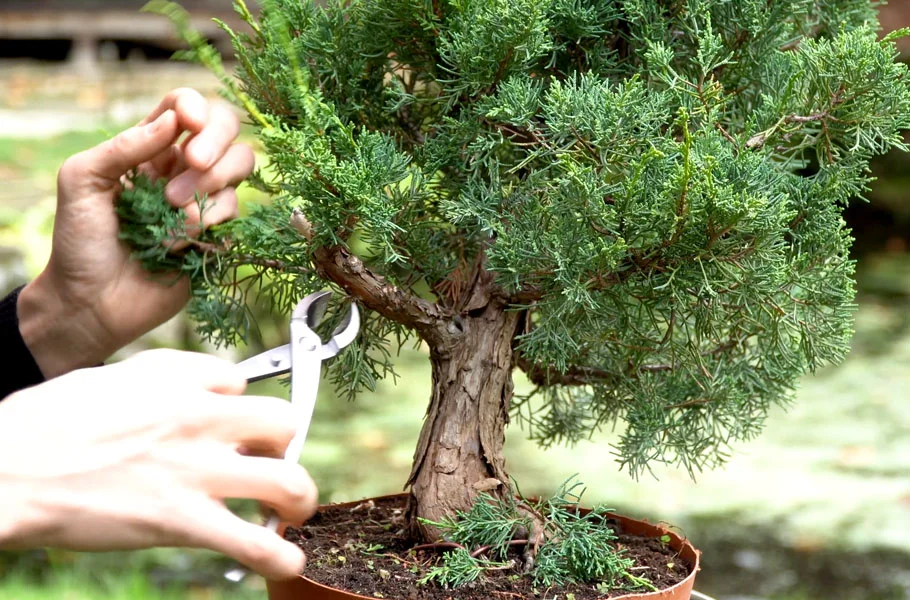
Here are some signs that your juniper bonsai is ready for a trim:
- New growth has emerged, indicating the start of the growing season
- Branches are becoming overgrown and unruly
- The overall shape of the bonsai is starting to lose its defined form
It’s essential to pay attention to your bonsai’s growth cycle and adjust your trimming schedule accordingly. Junipers are known for their resilience, but excessive trimming during dormancy can stress the tree and hinder its recovery.
Preparing for Trimming
Before you begin trimming, it’s crucial to gather the necessary tools and create a suitable workspace. Here’s what you’ll need:
- Sharp pruning shears or scissors (bonsai-specific tools are recommended)
- Wire cutters (for removing old wiring)
- A clean, well-lit surface to work on
- A plan or reference image for the desired shape and style of your bonsai
Having the right tools and a clear vision will ensure a smooth and efficient trimming process.
Trimming Techniques for Juniper Bonsai
There are several techniques you can employ when trimming your juniper bonsai. The approach you choose will depend on the desired outcome and the specific needs of your tree.
1. Pinching and Cutting Back New Growth
One of the most common techniques is pinching or cutting back new growth. This method involves removing the tender, green tips of the branches, encouraging the development of denser foliage and promoting ramification (the formation of new branches).
To pinch or cut back new growth:
- Identify the new, soft growth at the tips of the branches
- Using your fingers or pruning shears, remove the tender tips by pinching or cutting them off
- Be careful not to remove too much growth, as this can stress the tree
2. Pruning Established Branches and Shoots
In addition to pinching new growth, you may need to prune established branches and shoots to maintain the desired shape and scale of your bonsai. This process involves removing entire branches or shoots at their point of origin.
When pruning established growth:
- Identify the branches or shoots that need to be removed
- Using sharp pruning shears, make clean cuts as close to the trunk or main branch as possible
- Avoid leaving stumps or protruding stubs, as these can become entry points for pests and diseases
3. Wiring Branches for Shaping
Wiring is a technique used to shape and position the branches of your bonsai. It involves carefully wrapping thin wire around the branches, allowing you to bend and manipulate them into the desired position.
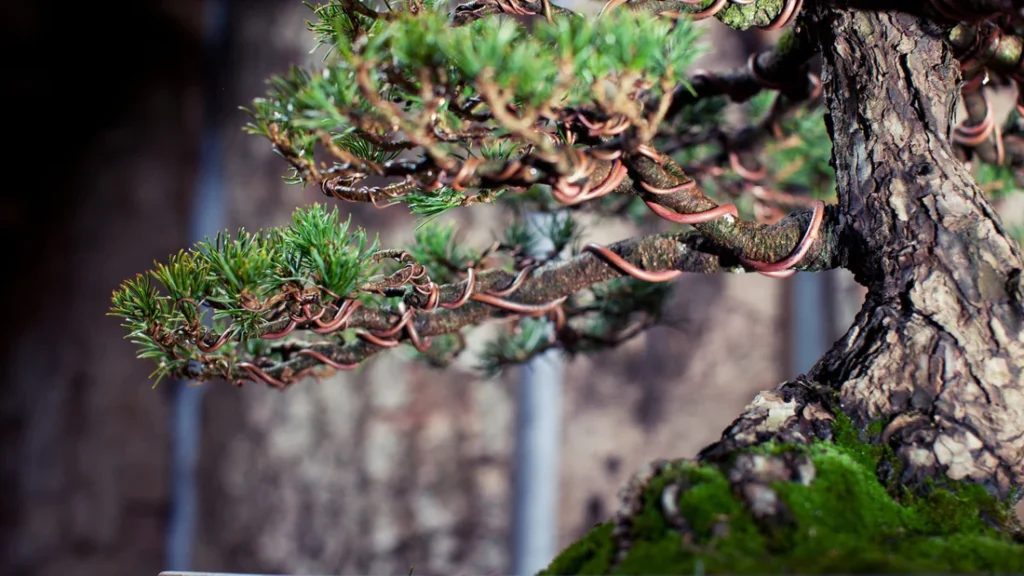
When wiring your juniper bonsai:
- Use anodized aluminum or copper wire specifically designed for bonsai
- Wrap the wire snugly but not too tightly around the branches
- Position the branches in the desired shape, being careful not to bend them too sharply
- Remove the wiring after a few months once the branches have set in their new position
4. Creating Jin (Deadwood) and Shari (Exposed Roots) Features
For a more advanced and artistic touch, you can incorporate jin (deadwood) and shari (exposed roots) features into your juniper bonsai. These techniques involve carefully removing bark or exposing roots to create a weathered, aged appearance.
Note: Proceed with caution when attempting these techniques, as they can be damaging if not done correctly.
Maintaining Shape After Trimming
Once you’ve trimmed and shaped your juniper bonsai, it’s essential to maintain its form through regular maintenance. Here are some tips:
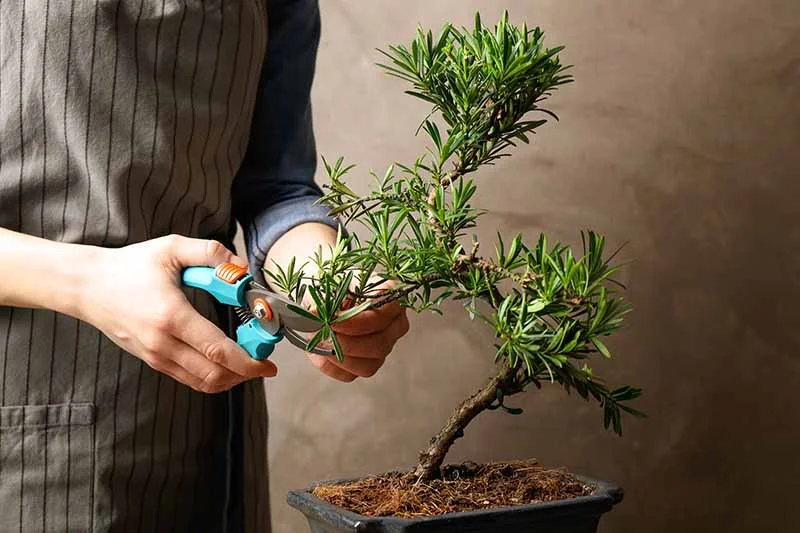
- Rewire branches as needed to maintain their desired position
- Use bonsai tools like scissors, knob cutters, and branch benders to refine the shape further
- Monitor new growth and perform minor trimming as necessary to prevent the bonsai from becoming overgrown
Consistent maintenance will ensure that your juniper bonsai retains its beautiful, carefully sculpted appearance.
After care for Your Trimmed Juniper Bonsai
After a major trimming session, your juniper bonsai will require some extra care and attention. Here are some aftercare tips to keep in mind:
- Water your bonsai regularly, as trimming can increase water loss through the cut surfaces
- Apply a balanced bonsai fertilizer to replenish nutrients and promote healthy growth
- Monitor for signs of pests or disease, as open wounds can make your bonsai more vulnerable
By providing proper aftercare, you’ll help your juniper bonsai recover quickly and continue thriving after its trimming.
Troubleshooting Common Trimming Issues
Even with the best intentions, trimming mistakes can occur. Here are some common issues and how to address them:
Over trimming
If you’ve accidentally removed too much foliage or branches, don’t panic. Your juniper bonsai has incredible resilience and can often recover from over trimming with proper care.
To revive an over trimmed bonsai:
- Reduce watering and fertilizing to allow the tree to recover gradually
- Provide partial shade to prevent excess stress from direct sunlight
- Be patient and allow new growth to emerge before attempting further trimming
Damage or Disease
Improper trimming techniques or tools can sometimes lead to damage or disease in your bonsai. If you notice signs of infection or injury, take prompt action:
- Remove any damaged or diseased branches or foliage
- Apply a fungicide or insecticide as needed, following product instructions carefully
- Ensure proper airflow and drainage to prevent further issues
Regular monitoring and prompt action can help prevent minor issues from becoming more severe problems.
Case Study: Reviving a Neglected Juniper Bonsai
To illustrate the power of proper trimming, let’s take a look at a case study of reviving a neglected juniper bonsai.
The Situation: A bonsai enthusiast acquired a juniper bonsai that had been severely neglected for several years. The tree was overgrown, with long, leggy branches and sparse foliage. It had lost its defined shape and appeared unhealthy.
The Approach:
- Assessment: The first step was to carefully assess the condition of the tree, checking for any signs of disease or pest infestations.
- Initial Trimming: After determining that the tree was generally healthy, the enthusiast began the trimming process by removing approximately one-third of the overgrown branches and foliage.
- Wiring and Shaping: Once the initial trimming was complete, the remaining branches were wired to reposition them into a more aesthetically pleasing and balanced shape.
- Continued Maintenance: Over the following months, the bonsai was regularly trimmed, watered, and fertilized to encourage new growth and maintain its revived form.
The Result: Through patient and consistent care, the neglected juniper bonsai transformed into a lush, vibrant specimen with a well-defined shape and dense foliage. It regained its health and beauty, proving the power of proper trimming and maintenance.
This case study showcases the resilience of juniper bonsai and the impact that dedicated care and trimming can have on reviving a struggling tree.
Expert Advice and Quotes
To provide further insights, let’s explore some advice and quotes from renowned bonsai experts:
“Trimming is not just about shaping the tree; it’s about promoting healthy growth and maintaining balance.” – John Naka, Bonsai Master
This quote emphasizes the importance of trimming for the overall well-being of the bonsai, not just its aesthetics.
“Patience and observation are key when trimming a bonsai. Take your time, study the tree’s response, and adjust your approach accordingly.” – Peter Adams, Bonsai Specialist
Patience and careful observation are crucial when trimming, as each bonsai may respond differently to various techniques.
“Don’t be afraid to experiment with different trimming styles and techniques. Embracing creativity is part of the bonsai journey.” – Jennifer Price, Bonsai Artist
While following general guidelines is important, bonsai experts also encourage experimentation and creativity in the trimming process.
By incorporating the wisdom of experienced professionals, you can further deepen your understanding and appreciation for the art of trimming your juniper bonsai.
Trimming Juniper Bonsai: A Meditative Practice
Trimming your juniper bonsai is not just a horticultural task; it’s a meditative practice that can bring a sense of calm and mindfulness. As you carefully shape and prune your bonsai, you’ll find yourself fully immersed in the present moment, focused on the intricate details of your miniature tree.
Many bonsai enthusiasts find the trimming process to be a therapeutic activity, allowing them to escape the stresses of daily life and connect with nature on a deeper level. The slow, deliberate movements required for trimming can be incredibly calming, promoting a state of tranquility and inner peace.
So, as you embark on the journey of trimming your juniper bonsai, embrace the meditative aspects of this practice. Allow yourself to be fully present, appreciating the beauty and intricacies of your living art form. With each snip of the pruners, you’re not only shaping the physical form of your bonsai but also cultivating a sense of mindfulness and connection with the natural world.
People Also Ask
How often should you trim a juniper bonsai?
The frequency of trimming depends on the growth rate of your bonsai and the desired style. Generally, light trimming can be done every 4-6 weeks during the growing season, with more significant trimming occurring once or twice a year.
Can you trim a juniper bonsai in winter?
It’s best to avoid major trimming during the winter months when the tree is dormant. Minor pruning or pinching can be done, but excessive trimming during this time can stress the tree and hinder its recovery.
What happens if you don’t trim a juniper bonsai?
If left untrimmed, a juniper bonsai will become overgrown, losing its defined shape and compact appearance. The branches may become leggy and sparse, and the overall health of the tree can suffer due to poor air circulation and light penetration.
How much can you trim off a juniper bonsai?
The amount of trimming will depend on the specific needs of your bonsai. As a general rule, never remove more than one-third of the foliage at once, as excessive trimming can stress the tree.
Do juniper bonsai trees need full sun after trimming?
After a major trimming session, it’s best to provide your juniper bonsai with partial shade for a few weeks. This will help reduce stress and allow the tree to recover before gradually reintroducing it to full sun exposure.
By understanding and addressing these common concerns, you’ll be better equipped to handle any challenges that may arise during the trimming process.
Conclusion
Trimming your juniper bonsai is an art form that requires patience, skill, and a deep understanding of your tree’s needs. By following the techniques outlined in this guide and providing proper aftercare, you’ll be able to maintain the health and beauty of your bonsai for years to come.
